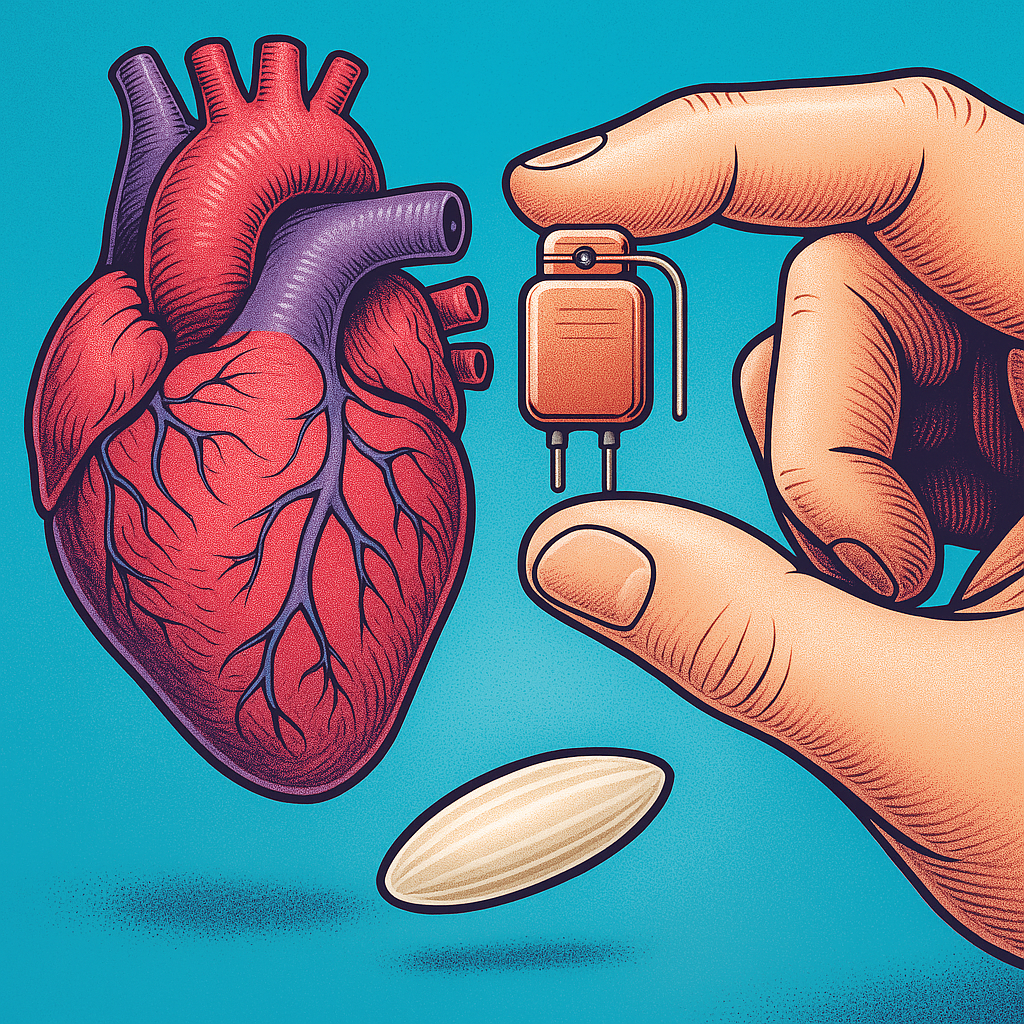Imagine a pacemaker so small it can slide through a needle, running entirely on your body’s own fluids and disappearing once its job is done. That’s the innovation coming out of Northwestern University — and it could change how we care for the most delicate hearts.
This bioresorbable device is smaller than a grain of rice, works wirelessly, and adjusts heart rhythms in real time. No wires. No bulky external battery packs. No need for surgical removal. After its work is complete, the body simply absorbs it.
For newborns recovering from heart surgery, this could mean gentler healing, fewer infection risks, and no second procedures. And while designed for young patients, the same technology could support adults who need temporary pacing or face high infection risks from traditional devices.
It’s a rare mix of biomedical engineering, materials science, and medical expertise — using design principles from electronics to shrink life-saving technology to a barely visible scale. With promising early results in testing, it’s poised to step into human care soon.
The future of heart treatment is getting smaller, smarter, and safer — and this dissolvable pacemaker could be at the heart of it.




